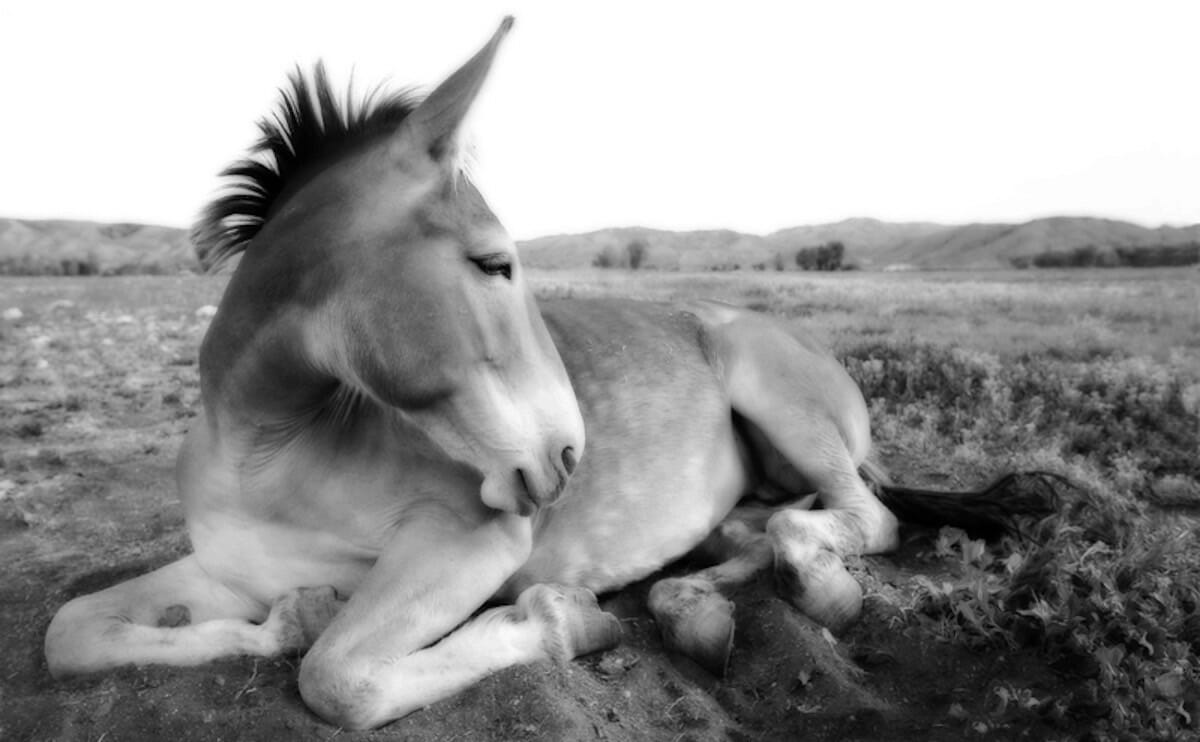What makes a work of southern literature "southern"? Is it mere geography? No, says one scholar. It's southern lit if there's a dead mule in there.

There are times when the beautiful artificial language of academia creates jokes that wouldn’t be anywhere near as funny if written in normal conversational voice. An example, from an essay by Jerry Leath Mills entitled “Equine Gothic: The Dead Mule as Generic Signifier in Southern Literature of the Twentieth Century.”
[mf_blockquote layout=”left”]My survey of around 30 prominent 20th-century southern authors has led me to conclude … that there is indeed a single, simple, litmus-like test for the quality of southernness in literature, one easily formulated into a question to be asked of any literary text and whose answer may be taken as definitive, delimiting and final. The test is: Is there a dead mule in it?[/mf_blockquote]
Mills, an English professor at the University of North Carolina at Chapel Hill, despite his death in 2012, has secured a place in the pantheon of American literary criticism. He is the mule guy. He explains it himself in an expanded version of “Equine Gothic” compiled in 2000, but here’s the basic story. Mills, a southerner, found himself in graduate school up north, at Harvard. In his spare time, seeking some kind of connection with his roots, he began reading the classics of southern fiction — Faulkner, McCarthy, O’Connor. He says: “Did I find comfort, warmth, solace, and the confidence of knowing that I was part of something very richly textured? Some of each, of course; but mostly what I found was dead mules.”
Mills began keeping a notebook of his dead mule sightings, a kind of ad hoc bibliography. It seems to have been nothing more than a lark, a weird thing he noticed that he wanted to keep track of, until he was pressed into writing an essay about it. That essay, “Equine Gothic,” was published in 1996 in the Southern Literary Journal. It’s a goofily earnest bit of literary criticism (he refers to the south as the DMZ, or “Dead Mule Zone”) that includes a pretty spectacular list of dead mules and the ways in which they die in southern literature, and boy oh boy are those ways varied and creative. In southern lit, mules have been:
Beaten to death with a sledge hammer handle (Dirty Work by Brown), hit by a freight train (“Mule in the Yard” by Faulkner), decapitated by an opera singer with a machete (The Crossing by McCarthy), accidentally hanged (Other Voices, Other Rooms by Capote), and fell into a hole previously used by a necrophiliac to store dead human bodies (Child of God by McCarthy again).
The mule, a half-horse half-donkey hybrid, is, says Mills, an ideal literary symbol; its very indestructibility makes its death ever so much more painful. “I like to think,” he writes, “that–at least in our South–mules experience not actual death but transmogrification, a deliverance through the transforming power of art from mortality’s corruption to a fierce foreverness in the well-wrought urn of southern lit.”
(Via the Guardian, image via Flickr user Greg Westfall)